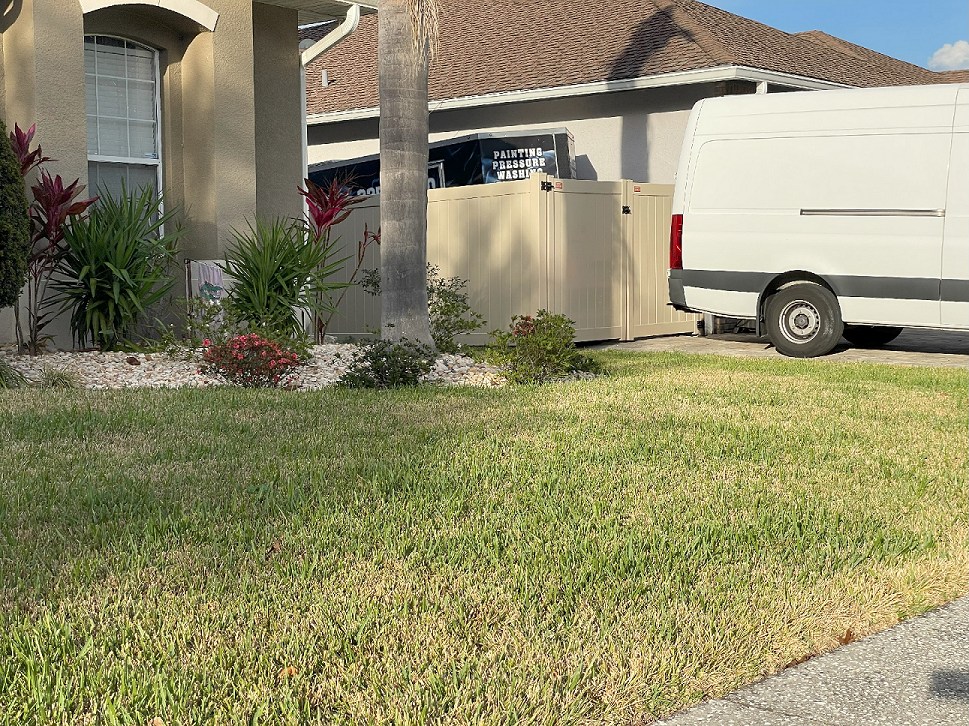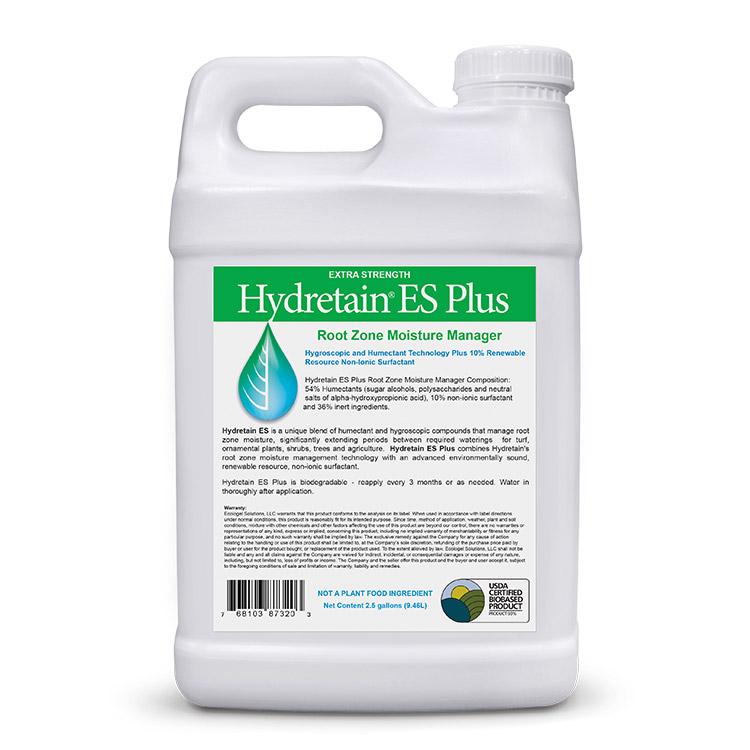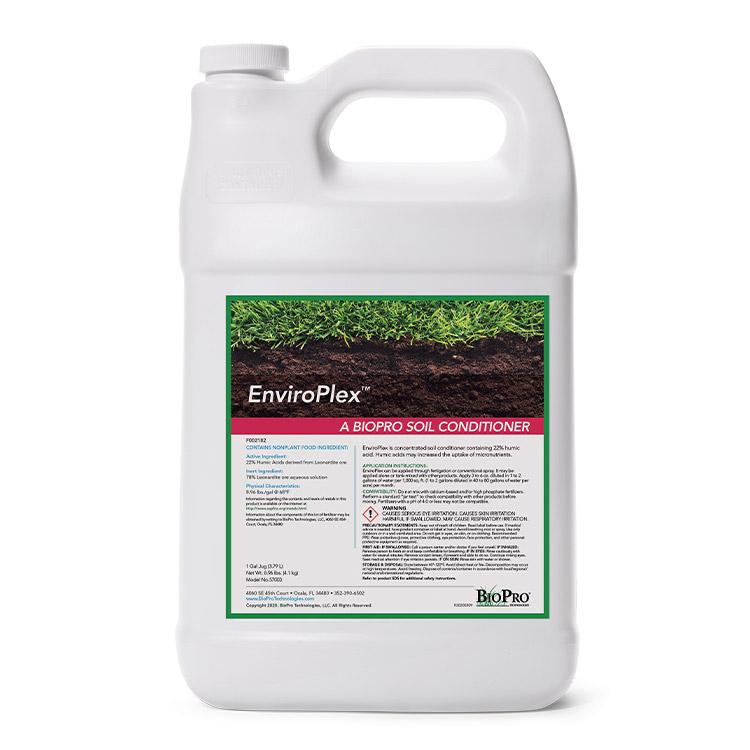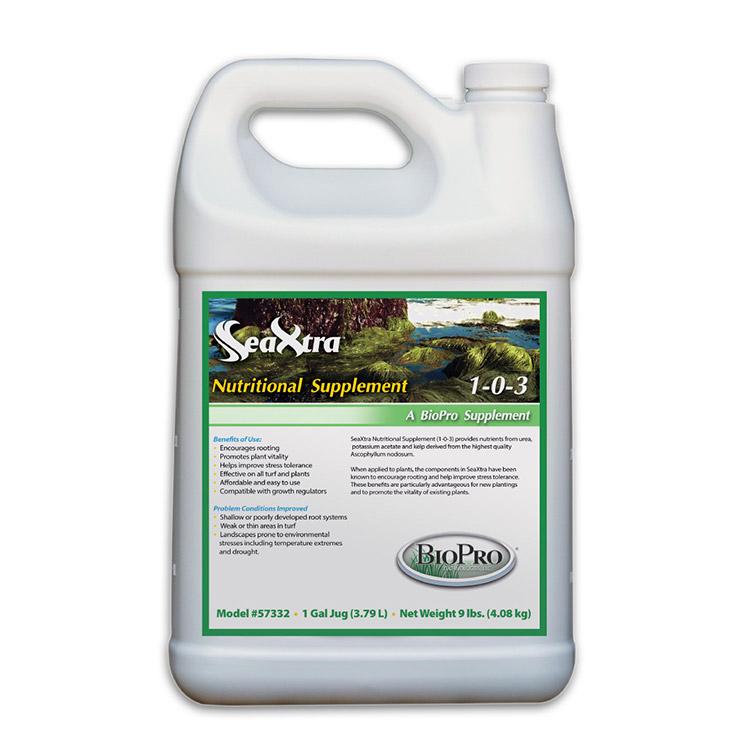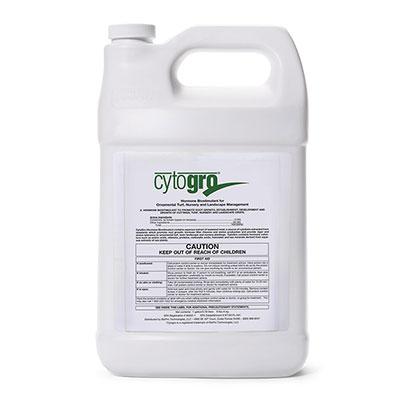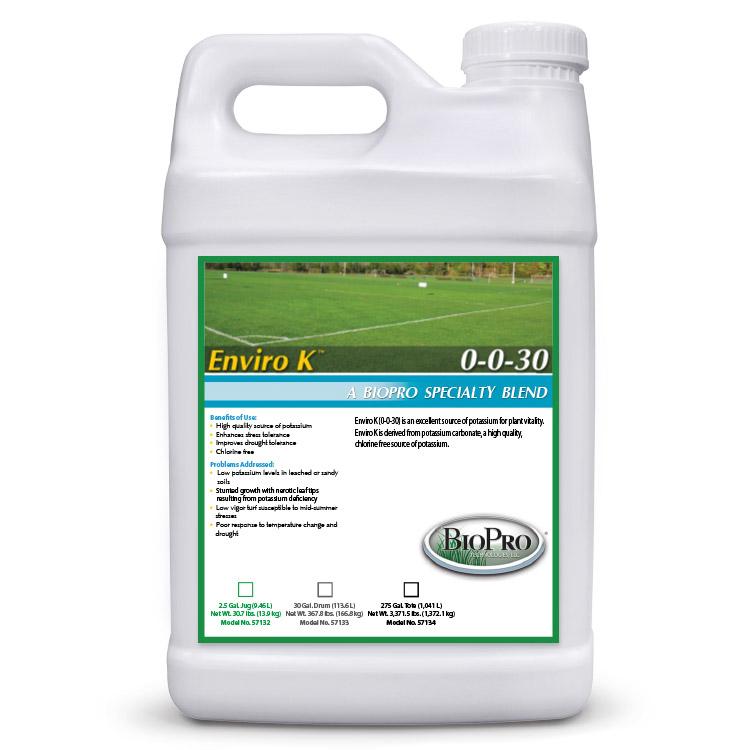While northern parts of the US experience winter as periods of low temperatures and chances of snow, southern states are more likely to experience periods of low rainfall and low humidity.
For turf and lawns, especially species that don’t go dormant in winter, the dry season can present multiple challenges, such as drought, root stress, and poor soil health. Here are some of our top winter lawn management tips:
Understanding the Florida Dry Season
Florida dry season typically runs from October until May, with January typically being the driest month. During dry season, the average rainfall in southwest Florida is about 3 inches, compared to 7-8 inches in summer. Temperatures tend to be moderate, with low humidity.
In short, there is less available moisture in the atmosphere and ground, which makes things harder for plants.
Challenges Associated with Florida Dry Season
Lower rainfall and humidity don’t just mean less atmospheric moisture: it means water resources like wells and lakes tend to recede as well. Combined with watering restrictions that are in affect throughout much of the state (sometimes as little as watering only one day per week), this can severely impact plant health. Make sure you check what specific watering restrictions you have in your part of Florida, since they can vary (source at bottom of page).
Many grass varieties used in Florida do not go dormant for the whole winter season, unlike in the north. These grasses need water all year round, even when there is less available. Temperatures can also fluctuate widely, from moderate to unexpectedly hot. Changes in water availability can also lead to less healthy soil without available nutrients. All of this leads to a more stressed and less healthy plant that will require special attention as the seasons change over.
Understand Your Solutions
There are practices and products that you can employ to mitigate stress and damage to plants during dry season. These are all aimed at reducing water loss in the soil. When dealing with turf, reduce your mowing frequency and cut grass higher; cutting grass too short or cutting off too much at once will stress it out. Water turf early in the morning to reduce water loss due to evaporation. Make sure to water deeply, but less frequently, so water penetrates deep into the ground. To make sure enough oxygen is getting to the roots, and to help combat compressed areas of ground, aerate the soil.
It is a good idea to apply soil amendments during the dry season to bolster root and soil health. However, you’ll want to avoid products that contain nitrogen, which can cause excessive growth and may stress the plant out. Focus instead on products that provide essential micronutrients and help with moisture management. Some suggested products are listed below.
Dry seasons can prove to be a difficult time, with more labor and time required to keep turf and plants in good shape. It’s worth it to avoid long-term turf damage and to keep customers happy. With proper management and the right products, it is possible thrive through a Florida dry season.
Sources
https://www.swfwmd.state.fl.us/business/epermitting/district-water-restrictions

